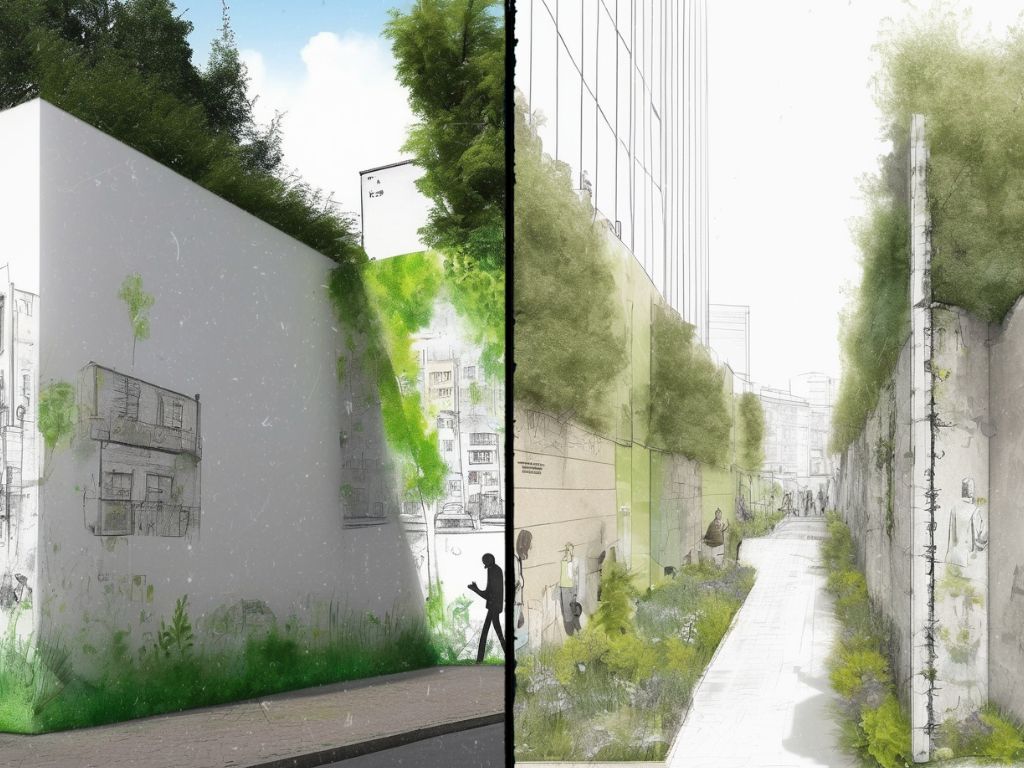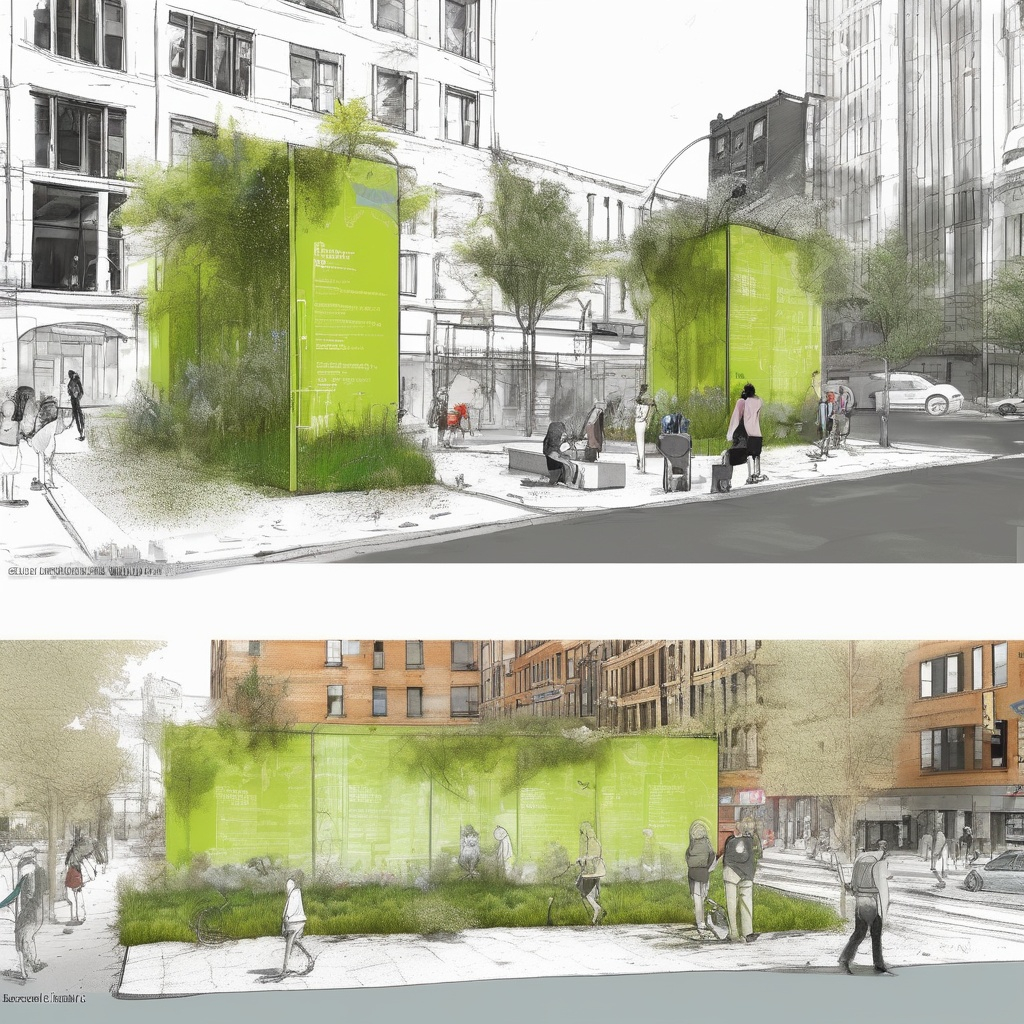The global crisis of public urination, a persistent urban blight, has plagued cities for centuries. Despite the UN SDG’s recognition of sanitation as a fundamental human right, the issue remains unresolved, even in areas with public toilets. In cities where such facilities are scarce or inaccessible, the problem is exacerbated. While societal attitudes and personal hygiene play significant roles, addressing this issue requires innovative solutions that can adapt to existing circumstances. Perhaps by reimagining the problem and investing in future generations, we can work towards a cleaner, more hygienic and civilized urban environment.
“Without access to adequate water and sanitation facilities in public areas, those who require use of these commonly resort to public urination, defecation, and bathing. However, laws frequently criminalise these activities and therefore those who engage in them. These laws breach the human rights of those people that are forced into breaking them because of the lack of proper water and sanitation facilities”
A Historical Perspective
Public sanitation has a long history, practically ever since the advent of communal habitation in towns and cities. Ancient Roman cities, for instance, were renowned for their advanced sewer systems and public toilets. Lina Zeldovich’s “How the Romans Went to the Bathroom” offers a fascinating glimpse into these ancient practices. More recently, cities across Europe are employing innovative solutions to combat the persistent issue of public urination. From anti-pee paint in London to hemp urinals in Amsterdam and public shaming in the Czech Republic, these unique approaches highlight the creativity and determination to address this age-old problem.
The Decorative ‘Pissoir’ of Paris
Paris introduced its first public urinals in the spring of 1830. According to Wikipedia, “A pissoir (also known in French as a vespasienne) is a French invention, common in Europe, that provides a urinal in public space with a lightweight structure. The availability of pissoirs aims to reduce urination onto buildings, sidewalks, or streets. They can be freestanding and without screening, with partial screening, or fully enclosed.”

From Blight to Urban Oasis
Who hasn’t winced at the sight of urine-stained walls and smelled the pungent odor wafting through city streets? This urban blight not only degrades our public spaces but also reflects a deeper societal issue
Walking down some city streets can be a disheartening experience, where the pungent odor of urine and unsightly stains mar the urban landscape. It’s a constant reminder of the disregard for public space and a testament to the urgent need for innovative solutions.
Pee Power: A New Era of Urban Sustainability
Can we turn this problem on its head, with very simple, budget friendly solutions? What if we could leverage this unfortunate reality into a solution that benefits our cities?
What if pee becomes the new fertilizer, powering urban green spaces and transforming our cities into more sustainable and vibrant places?

The Challenge
Public urination is a persistent urban issue, often leading to unsanitary conditions and community frustration.
The Quick, Budget-Friendly Solution
Reimagine these “pee hotspots” as functional and eco-friendly spaces, the “Urban Urinal Garden.”
Key Design Elements
- Discreet Partitions: Low-cost, durable partitions (e.g., mobile unites, plant trellises, bamboo …etc.) strategically and aesthetically placed in high-use areas.
- Eco-Friendly Absorption Zones: Urine-tolerant plants (vetiver grass, bamboo …etc.) and absorbent materials (sawdust, coconut coir) to process waste.
- Odor and Hygiene Control: Natural deodorizers (volcanic rock, activated charcoal …etc.) and bio-enzymatic cleaners.
- Behavioral Encouragement: Eye-catching designs, positive messaging, and community engagement to foster positive usage.
By careful consideration and adopting a disruptive mindset, we can perhaps transform urban challenges into assets that improve public health, enhance urban aesthetics, and contribute to a more sustainable future.
Can you think of ways to leverage this idea to create solutions that are quick and easy to implement, yet offer great value to the urban experience and the environment?
